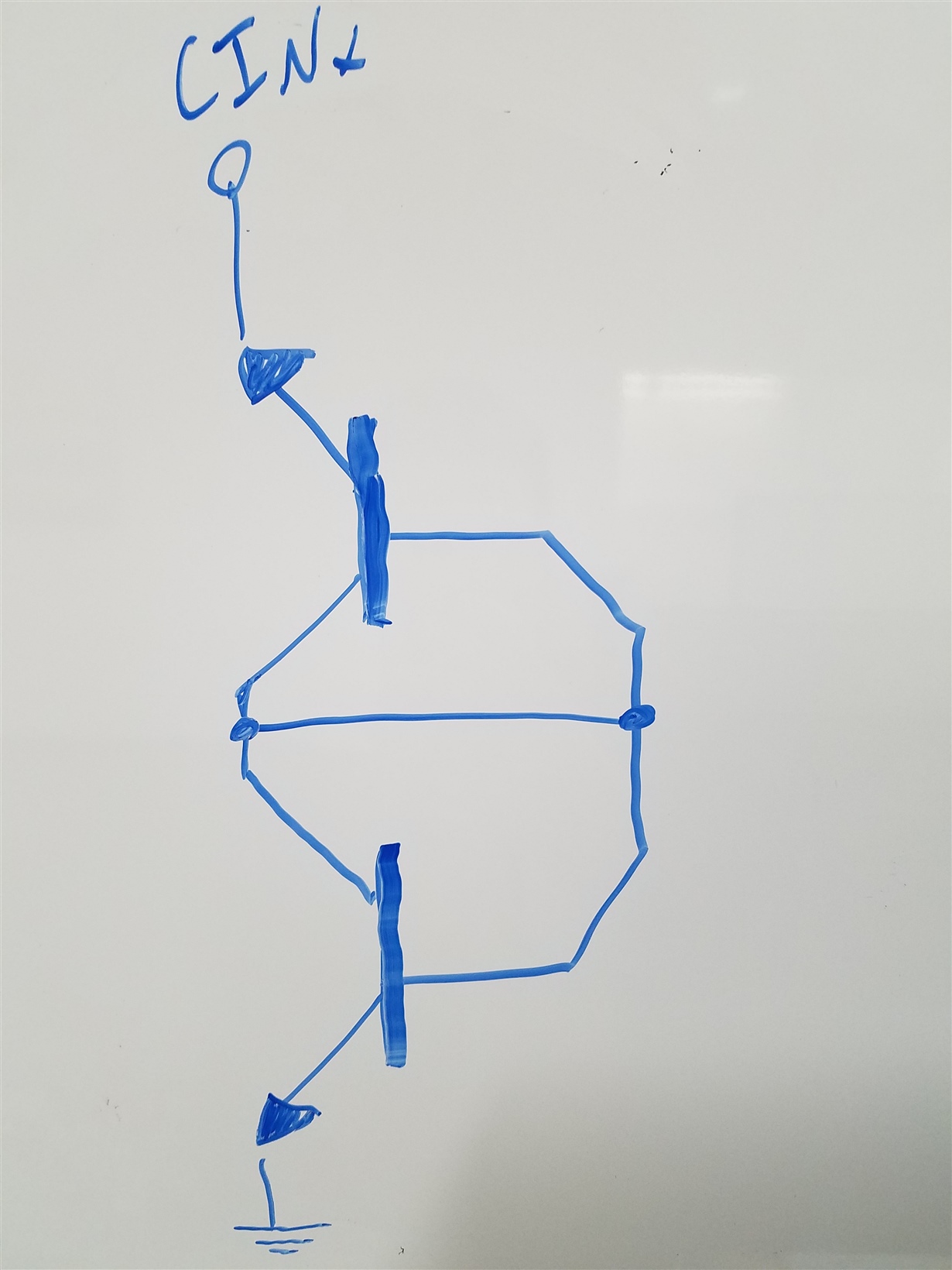Other Parts Discussed in Thread: STRIKE, TPD4E1U06
i am using a wifi device with TXB0108. The entire product failed at the time of compliance test. we check all the components . For this level Shifter has +-15 KV in the datasheet . we changeed all other componet expect this . every time the device failed in ESD test. at last we changed this transalator . then we tested .. miraclely the device passed the test. i am a new one in ESD measurement .. is ti gave wrong information in datasheet??


